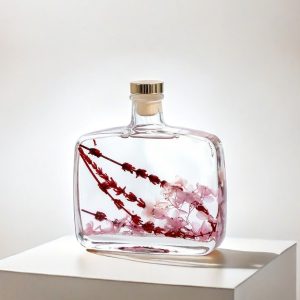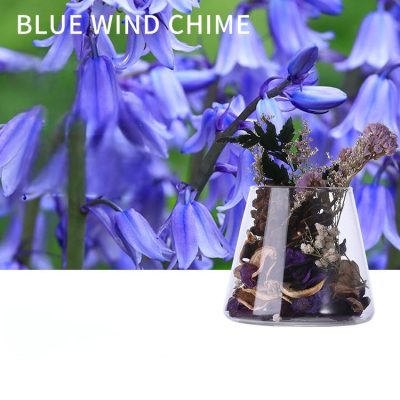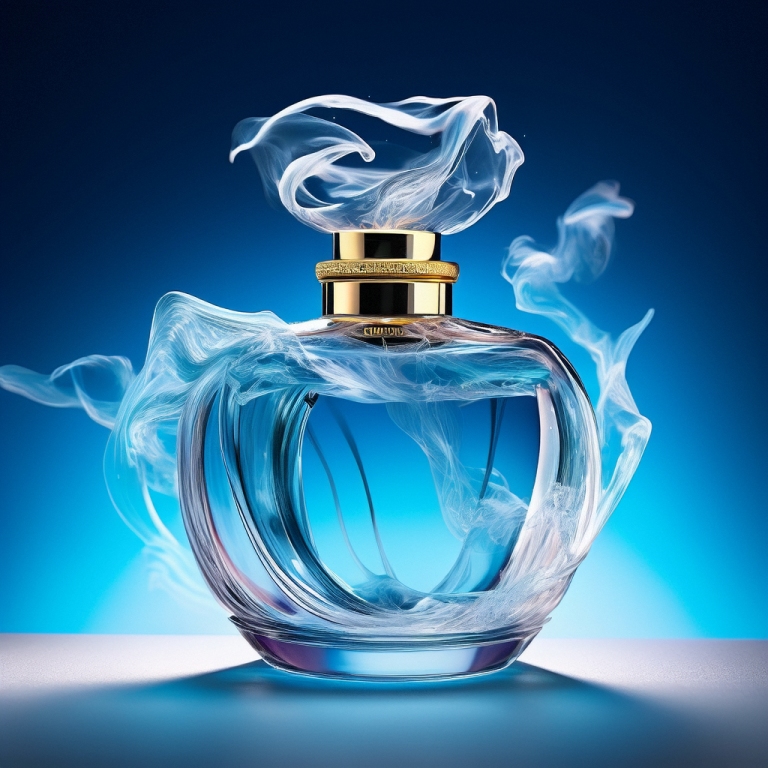Oriental Culture and Creativity Inspired Fragrance Journey | ScentSerenade
From Petals to Potions: The Art of Crafting Necessary Oils
(The Process Behind Essential Oil Creation)
Ever asked yourself just how flowers and leaves turn into those tiny containers of great smelling magic? Making necessary oils isn’t simply science– it’s a mix of patience, timing, and a bit of alchemy. Let’s go through just how nature’s basic materials become the oils that calm our senses and spice up our lives.
It starts with the plants. Not simply any plants, though. The most effective oils come from crops grown in their excellent conditions. Lavender flourishes in bright, rough dirts. Pepper mint loves wet earth. Farmers harvest these plants at peak strength– frequently early morning, when the dew still holds on to fallen leaves. Timing matters. Pick too late, and the oils shed their strike.
Once gathered, the plants encounter a couple of courses: steam or stress. Steam purification is the classic technique. Workers stuff plant product right into a giant steel storage tank. Steam climbs via the plants, damaging down pockets of oil. The heavy steam lugs these oils upward, after that cools in a coiled tube. As it condenses, the water and oil separate. The oil drifts to the top, all set to be skimmed. It’s like capturing raindrops, however rather, you’re recording the significance of a thousand blossoms.
Citrus oils play by various policies. Think oranges, lemons, grapefruits. Their oils hide in the peel. Below, machines press the peels– difficult. Cold-pressing avoids heat, keeping the oils intense and spicy. Ever before peeled an orange and really felt that haze? That’s the oil rupturing free. Now picture bottling that sunlight.
Not all oils comply. Fragile blossoms like jasmine or rose refuse to quit their scent easily. For these, solvents like hexane step in. The approach sounds harsh, however it’s mild on the flowers. The solvent pulls out the fragrant substances, leaving behind a waxy paste. Warmth evaporates the solvent, leaving pure “outright” oil. It’s a workaround, yet the outcome scents like a yard in complete flower.
Raw oil isn’t prepared yet. It gets filtered to remove littles leaves or stems. Some firms distill it again to remove pollutants. Labs test every set. Gas chromatography equipments check the chemical profile. Does this lavender oil have sufficient linalool? Is the eucalyptus heavy on cineole? Scientific research makes sure every decline matches the standard.
After that comes the bottling. Dark glass safeguards the oil from light. Labels provide the plant’s Latin name, origin, and harvest day. A single container could hold the significance of hundreds of flowers. One decline of pepper mint oil? That’s about a handful of fallen leaves, concentrated.
Quality differs. Low-cost oils could weaken the genuine stuff with artificial fillers. Top brands lay their reputation on purity. They function straight with farms, visit fields, and track climate patterns. A late frost or too much rain can change every little thing.
(The Process Behind Essential Oil Creation)
The final product sits on shelves, however its journey isn’t a secret. Each action– from soil to bottle– forms the oil’s personality. Next time you uncork a vial, remember: it’s not just oil. It’s a landscape, a period, and a lot of human care, bottled.




